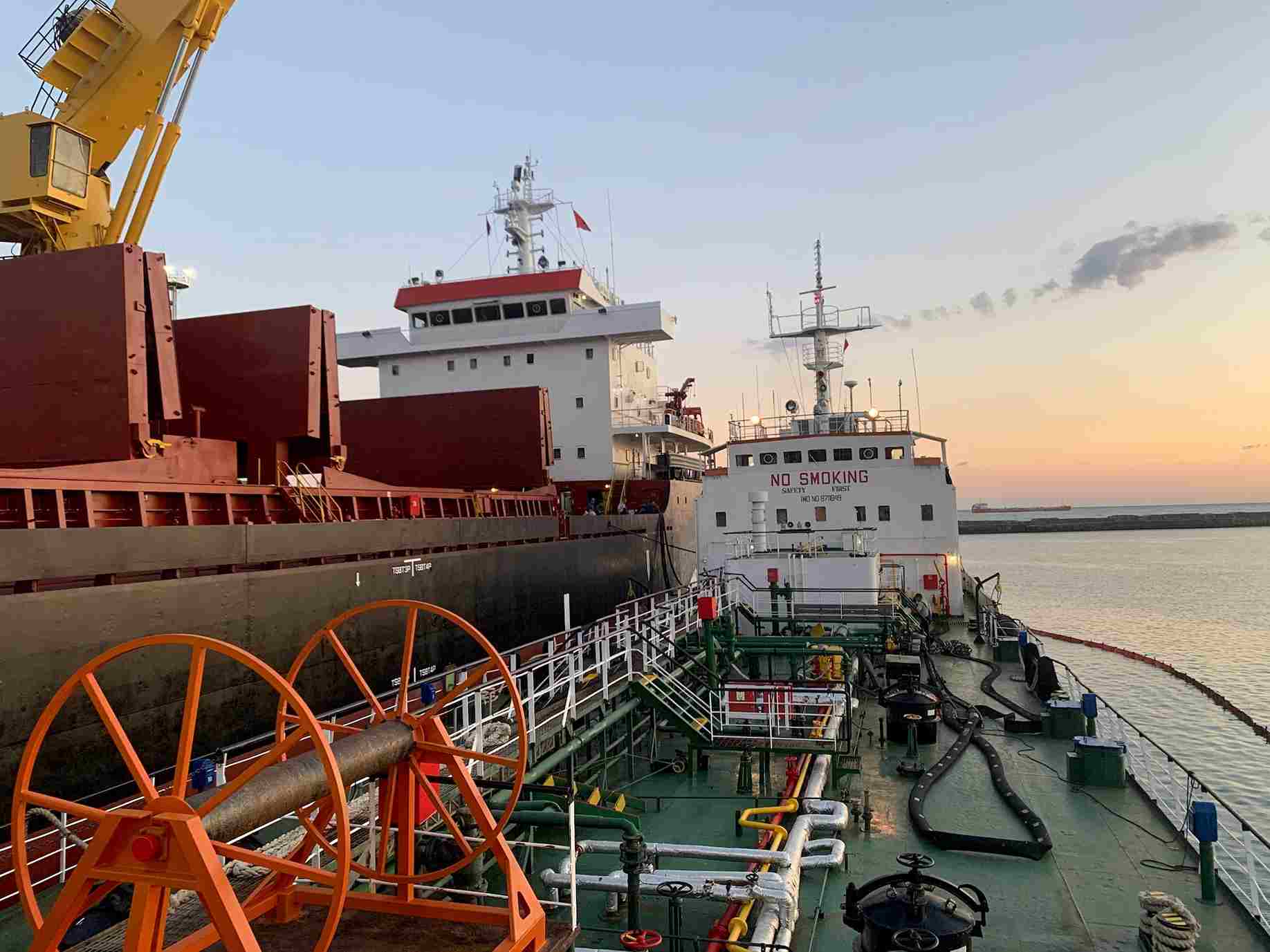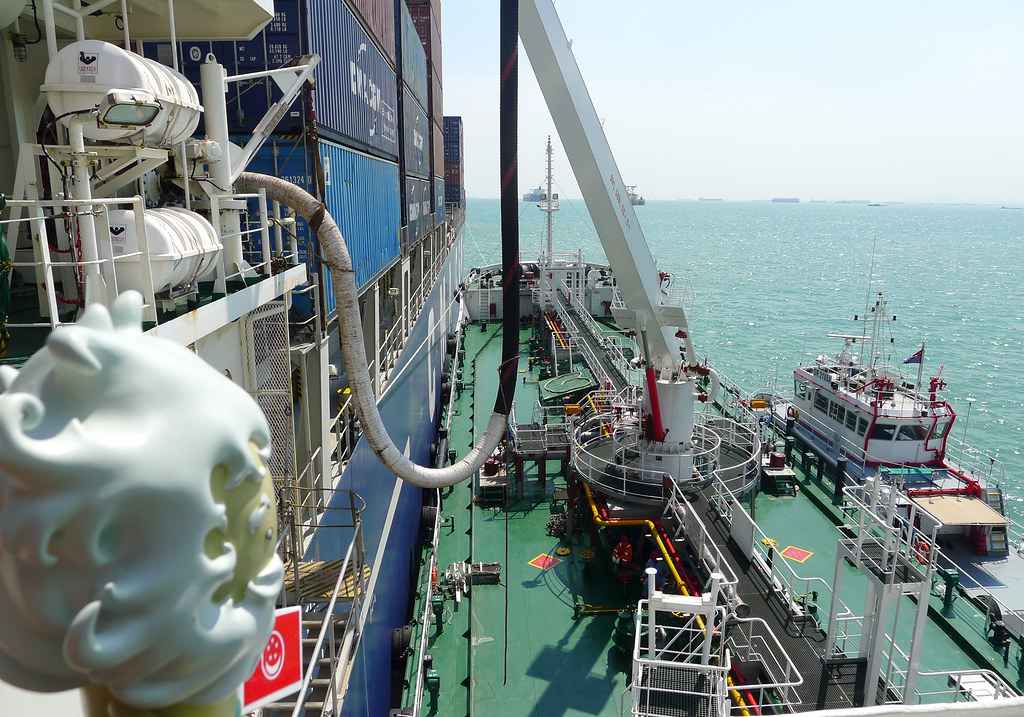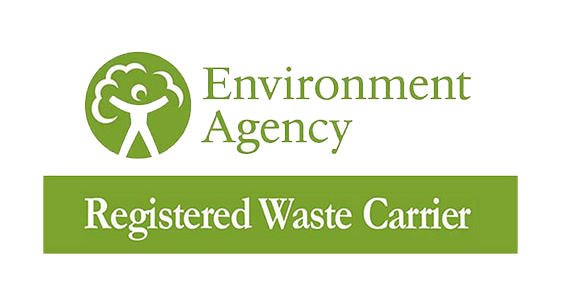Specifications of Bunker Oil
Similar to other things, there are certain specifications for bunker fuel that must be met. These specifications are set by the International Organisation for Standardisation to ensure the safe applicability of marine fuel. These regulations are known as “ISO 8217”. Its latest version is known as ISO 8217:2017.
It specifies the criteria for marine distillate and marine residual oils and the tests that should be run to determine whether the fuel meets the set specifications or not. Some of the examples include:
- For Distillate Fuel: Oxidation stability, cloud point, cetane index, and lubricity.
- For Residual Fuel: Carbon residue, sulphur content (statutory limit), density at 15 degrees Celsius, kinematic viscosity, flash and pour point, water, ash, TSP, etc.
Bunker Fuel for Commercial Ocean-Going Vessels
Currently, Heavy Fuel Oil (HFO) is being used predominantly by large commercial ocean-going vessels/ships. However, it is claimed to be highly toxic, causing respiratory issues. It is a constituent of acid rain that is dangerous for wildlife, infrastructure, vegetation and the overall environment.
Such adverse effects have led to a changed sulphur content limit in the bunker fuel as prescribed by IMO. Keep reading to learn the details about new regulations.
IMO Set Criteria for Sulphur Limit in The Bunker Fuel
The International Maritime Organisation (IMO) has introduced new regulations to ban ships using fuel with more than 0.5% sulphur content. Before these regulations, the limit of 3.5% sulphur current was permissible. It will ultimately cause the waterborne vessels to switch to MGO from HFO.
Future Predictions About HFO
According to an estimate given by SEB Bank of Norway, the daily consumption of 4 million barrels of HFO will be cut off to 1 million barrels overnight due to an abrupt shift to lower sulphur fuels, such as MGO. It is lower sulphate distillate fuel, which makes it the perfect fuel to meet the regulation guidelines set by IMO.
However, such an abrupt switch to MGO from HFO has led to a build a popular narrative that these regulations will pose a threat to the sale of HFO.
Moreover, there is another side to it. According to an archived article, this is not the end of HFO, as there is an alternative option of using HFO by installing “scrubbers” in ships. Scrubbers allow a significant reduction of sulphur emission, enabling the shipowners to use HFO, which is a cheaper marine fuel option.
Bunker Fuel for Recreational Boats
For recreational boats or private yachts with rear-mounted impeller engines, the use of regular diesel that you use for your cars or heavy vehicles is permissible. Alternatively, you also get the option to use rebated gas oil, commonly known as red diesel.
Is the Use of Red Diesel Permissible by the Government?
The use of red diesel is permissible by the UK government for recreational boats to use within the waters of the UK; however, you are bound to pay the full tax rate.
Boaters are also required to clear the percentage of fuel to be used for propulsion to HMRC. However, if you are travelling outside the waters of the UK, then you might be subjected to restrictions or other rules formulated by the government of the respective country.
If you are someone who travels in water frequently, then you need to connect with a reliable company like Network Environmental UK. From fuel contamination, waste oil collection, fuel polishing, and tank inspection services to fuel oil testing service, we do it all for you, ensuring that everything complies with legal specifications!















